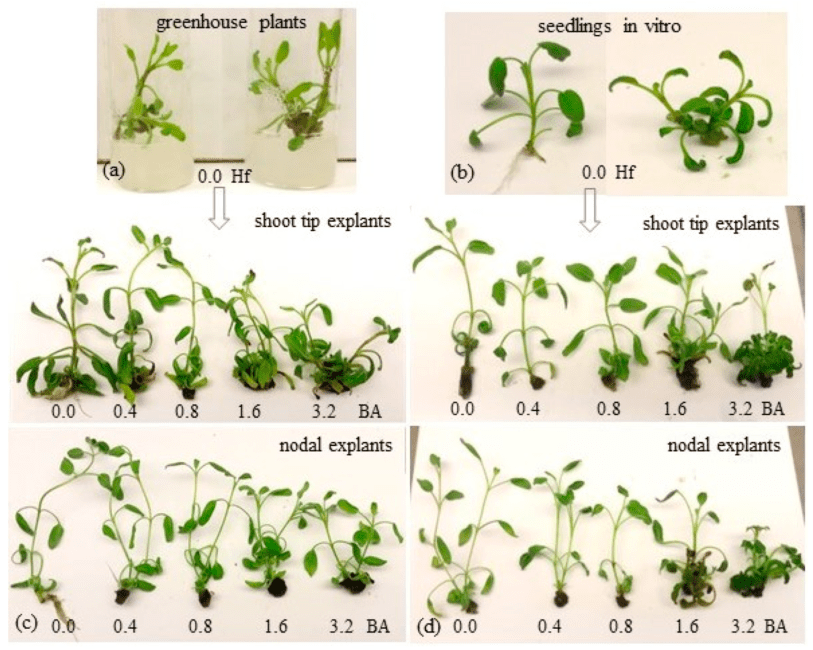Plant growth analysis is an explanatory, holistic and integrative approach to interpreting plant form and function. It uses simple primary data in the form of weights, areas, volumes and contents of plant components to investigate processes within and involving the whole plant. These calculations can otherwise be tedious especially in a case where statistics is involved.
We take the simplest possible approach, calculating the most fundamental of the plant growth parameters according to purely `classical’ methods across one harvest-interval (meaning the period of time between two successive harvests).
This contrasts with the functional or dynamic approach, involving the use of many harvests and fitted curves, which can be either parametric or form‐free, and also contrasts with the ‘combined’ approach involving curves fitted to classically derived values .
Our focus in this unit is to calculate the most fundamental of the growth parameters according to purely `classical’ methods across one harvest-intervals.
The functional leaves, dry matter production and leaf area index are the main growth factors which may directly reflect on grain yield. Growth analysis parameters like crop growth rate (CGR) are product of LAI.
Relative growth rate (RGR) measures the increase in dry matter with a given amount of assimilatory material at a given point of time and net assimilation rate (NAR) is the net gain in total dry matter per unit leaf area per unit time.
Traditional Plant Growth Analysis

In traditional plant growth analysis and yield component analysis, both use simple plant characteristics to generate more complex indices relating to plant growth or productivity.
In the traditional approach, plant growth is the outcome of net rates of production which contribute material as plants persist in time and some of the biomass accumulated may be deposited in constituents of special interest.
Relative Growth Rate (RGR)
Relative Growth Rate (RGR) is the central parameter in plant growth analysis. Relative growth rate measures the increase in dry matter with a given amount of assimilatory material at a given point of time.
Where, In = Natural log, W1= Dry weight of plant/m2recorded at time t1, W2= Dry weight of plant/m2recorded at time t2, t1and t2 were the interval of time, respectively and is expressed as g/g/day.
Read Also : Chamomile Plant Complete Growing and Care Guide
Net Assimilation Rate (NAR)
Net Assimilation Rate (NAR) is increase in dry wt. of plant per unit leaf area per unit time. NAR is calculated from the following equation:
Where L1 and L2 are total leaf are at time t1 and t2 respectively. W1 and W2 are total dry wt. at time t1 and t2 respectively.
Leaf Area Index (LAI)
Leaf area index (LAI) expresses the leaf area over the surface area occupied by the plant.
The LAI of plants treated with N had an ascending behavior over the time (Fig. 6A) and at some point would reach a maximum value, at which the plants will have the maximum capacity to intercept solar energy.
The ascending behavior of LAI can be attributed to a high rate of leaf formation and foliar expansion, especially in treatments of 100% NH 4 + and 50%NH 4.
Crop Growth Rate (CGR)
Crop growth rate is a measure of the increase in size, mass or number of crops over a period of time. The increase can be plotted as a logarithmic or exponential curve in many cases.
The crop growth rate calculation is dependent on the values of NAR (Net Assimilation Rate) and LAI (Leaf Area Index) of the crop. From the values of NAR and LAI, you can calculate the value for CGR as follows;
CGR = NAR x LAI
The crop growth rate is the efficiency of the complete crop over a specific soil area.
Leaf Area Ratio (LAR)
Leaf Area Ratio represents the efficiency of a particular leaf area over time usually at the end of the life of the crop
Read Also : Plant Growth Stages and Plant Development
LAR over the life of the crop = final leaf area / final plant dry weight
Net Assimilation Ratio (NAR)
NAR = RGR / LAR
This value represents the efficiency of production of the crop over time usually at the end of the cropping season.
In summary, plant growth analysis is an explanatory, holistic and integrative approach to interpreting plant form and function. They are useful tools in assessing the overall performance of our crops over time.
In crops that are actively photosensitizing, dry matter production and leaf area index are the main growth factors which may directly reflect on grain yield.
Growth analysis parameters like crop growth rate (CGR), Relative growth rate (RGR), and net assimilation rate (NAR) are indexes of productivity and efficiency of resources used in production at a given point in time.
Read Also: Impact of Forest and Wildlife Policy on the Society





